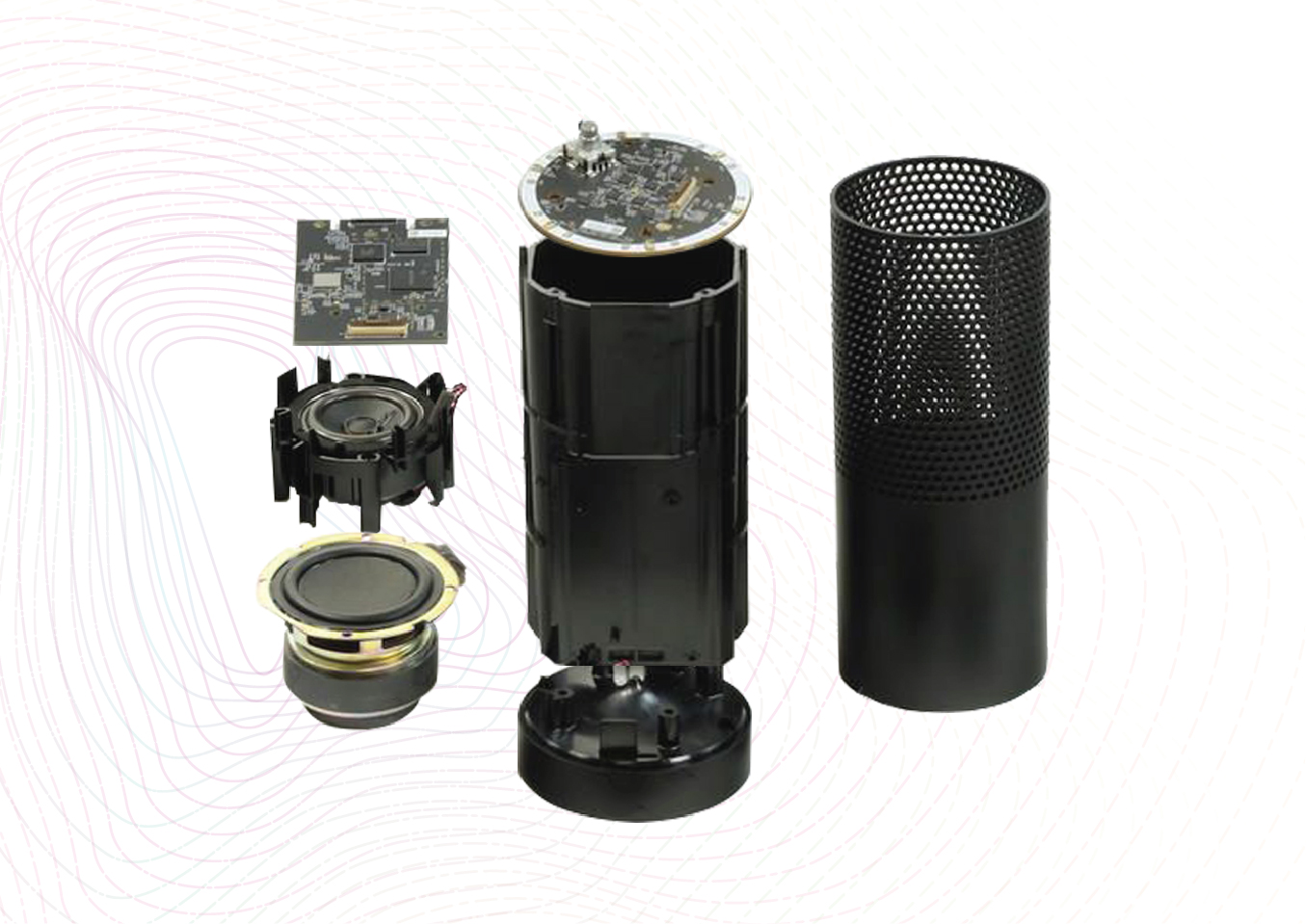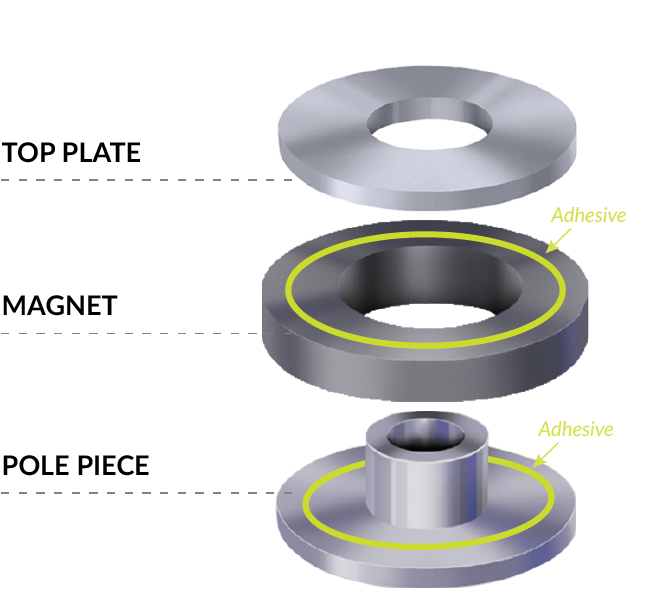Assembly a speaker
The loudspeaker we use today has been around for a long time since the start of electronic sound.
Speakers can be challenging to assemble because they are made up of multiple parts. Significant changes in substrate combinations, geometries and performance standards require the use of a wide range of adhesive technologies.
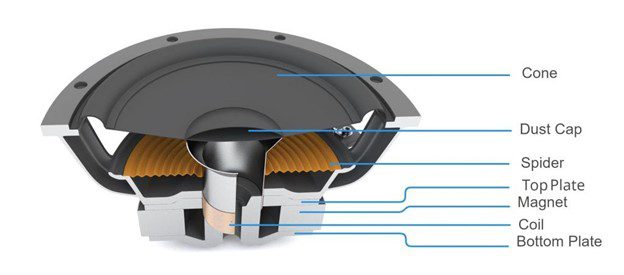

.
All these components are interconnected and must work in unison to make the speaker. When good bonding is lacking, it can be hard to have a properly functioning speaker, and the sound quality could be compromised
.
Adhesives have become significant in assembling speakers because they are lightweight, simple to apply, and offer strong bonding as required. The adhesives are also preferable because they are cost-efficient, improve the appearance of the speakers and offer better vibration and noise absorption. Sound is what matters most in loudspeakers, and when you can adjust adhesive flexibility, it is easy to achieve and maintain sound quality. Flexible adhesives provide optimized vibration damping, especially for movable parts within the speakers. Flexibility keeps the speakers protected from adverse shocks and vibrations.
Bonding applications in speaker assembly
We can consider the bonding applications in a speaker in 3 main sections: Basket, voice coil and magnet bonding. In previous articles, we discussed two adhesive applications including magnet block and voice coil unit in loudspeakers. In this section, we discuss about the third assembly application: bonding to the frame/basket.
The frame is the part that supports and connects the components of the speaker, bonding application with frame can be divided into sub-assembly:
- Frame to spider
- Frame to pole plate
- Frame to surround
The choice of adhesive to bond components is determined by the material that makes up the part.
The most common material used for the speaker basket is stamped steel–a flat piece of sheet metal that is put into a die and pressed into the proper shape. A quality stamped steel basket is rugged, durable, and doesn’t bend or twist easily. It’s painted or plated to prevent corrosion and rust. Another material that’s commonly used for a loudspeaker basket is cast aluminum. Cast aluminum, like stamped steel, is rugged and durable. It too can be painted and is considered a higher end basket material among the professional and home audio industry. Cast aluminum baskets are made by melting aluminum and pouring it into a mold. Another common material that can be mentioned is plastic. Plastic is very repeatable for the manufacturing process, lighter weight and cheaper for the manufacturer.


.
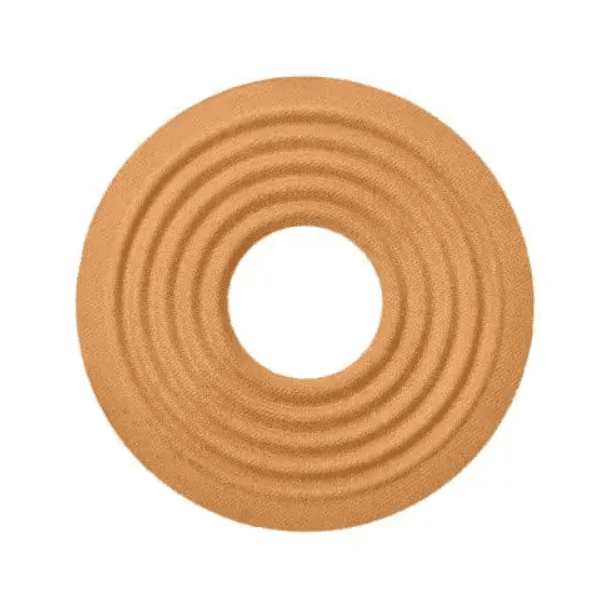

.
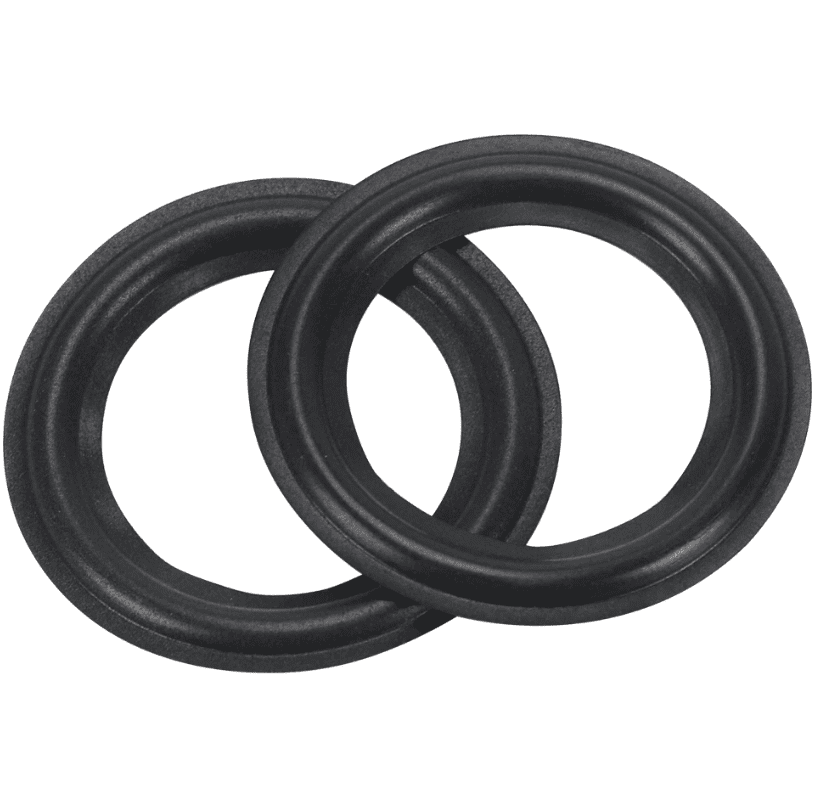

.
A spider in a speaker is the component of the suspension system that attaches the speaker cone to the frame. It is typically made from a flexible material, such as rubber or cloth, in order to allow the cone to move freely.
The speaker suround can be found around the perimeter of the speaker cone, attaching it to the basket. It is often made of foam, though it is also somtimes made of rubber, or more exotic materials.
The basket – pole plate bonding joint is very difficult due to the dissimilarity in nature and different thermal expansions of the basket material (usually aluminum or steel sheet) and the spider, pole plate and surround material.
Dust cap to cone bonding:


.
The dust cap is a diaphragm designed to cover the voice coil opening other internal parts of the speaker. It can be made of paper, aluminum, felt, rubber,.. while the cone can be made from paper, carbon fiber, black polypropolene, aluminum, titanium, fiber glass, ceramic or kevlar. Bonding the dust cap to the cone requires both strength and flexibility to ensure the reliability of the speaker when the cone moves back and forth during operation
.
Which adhesives to bond these components?
Thixotropic & flexible cyanoacrylate
CA glue is recommended for surround to basket/frame bonding applications as well as dust cap to cone.
The advantage of this adhesive line is that it cures very quickly when exposure to ambient moisture and provides strong bond. The adhesive cures in seconds and adheres to most surfaces, including metal, plastic and rubber. With thixotropic properties, it is suitable for vertical application.
CA not only has the ability to cure very quickly, it has also been designed to become an adhesive with high peel strength and flexibility, different from the original user’s imagination of a brittle glue. They are suitable candidates for dust cap to cone bonding applications.
2K acrylic adhesives
2K Acrylic adhesive can be used for all bonding applications with frame: frame to spider, pole plate and surround.
Acrylic has a relatively fast drying speed, requires less surface preparation and also adheres to a wide variety of substrates. 2K adhesive also has high temperature performance, all makes it suitable for various bonding application.
Epoxy structural adhesives
Provide structural bond and can handle the high temperatures.
Epoxies are one or two-part adhesives that cure via chemical reaction rather than solvent evaporation or moisture curing. This process usually takes longer than other types of adhesive and can require extended clamping, but the bonds formed are exceptionally strong and resistant to both chemical and physical forces. Fixture times are on the order of hours, and full cures can be achieved in 24 hours. Another advantage of epoxies is their gap-filling potential, which allows for larger tolerances. There are also no VOC concerns with epoxies, making them an environmentally friendly alternative. Epoxies can also be formulated with different mixing ratios and additives to provide properties tailored to individual applications. One-part formulations usually require heat-treatment to activate curing, whereas two-part formulations cure at room temperature. Proper mixing ratios are critical and can be achieved with the use of automatic meter-mix equipment or mix-nozzle cartridges.
UV Adhesives
UV Adhesives are another option that combines the exceptional strength and resistance of structural adhesive with the faster processing potential of UV-curing. With these adhesive, UV light can be used for quick bonding, and the secondary chemical cure completes any uncured areas. Specialized equipment such as UV curing system is required and can be integrated into assembly-line processes.
Due to the relatively hard-to-bond surface characteristics, the certain assembly process of components in the speaker is used with primer to form a stronger bond.
Contact Prostech to talk directly with our engineers about your speaker design and select the right adhesive.




